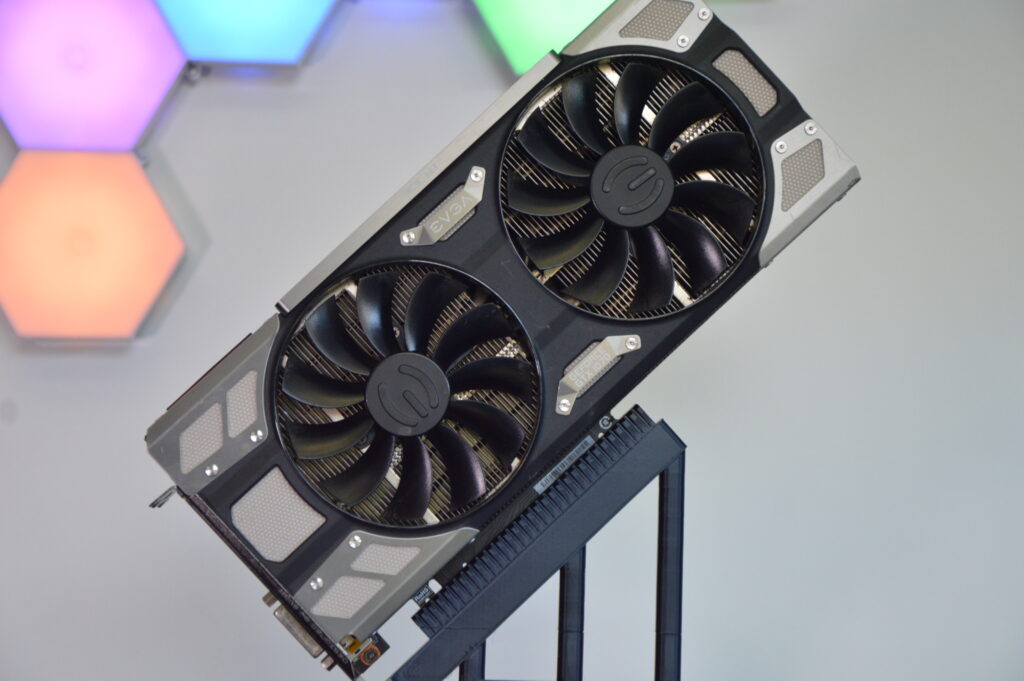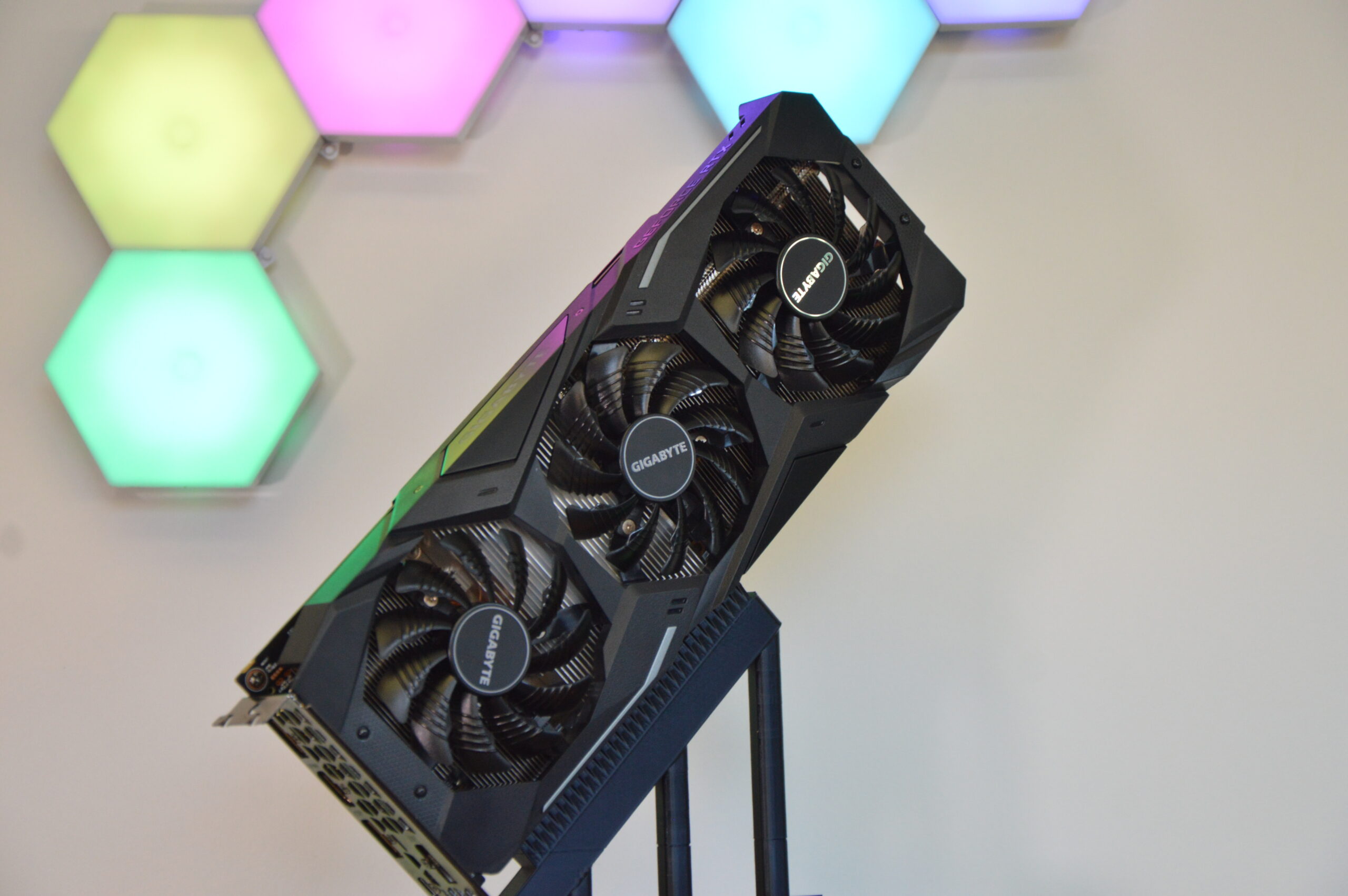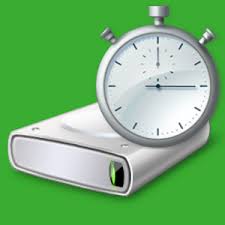Information
Want to know how the magic happens?
This page covers everything you need to know about how we operate, from how we refurbish our PCs and why we choose certain components to what to expect when you order from us.

How We Test Our Computers

At Gattatron Computers, quality is our top priority.
If a customer receives a faulty product from us, we see that as a failure on our part, and we take that seriously. Every computer we sell goes through a thorough, step-by-step testing and quality control process to ensure it's running at its absolute best before it leaves our hands.
It all starts before the build even begins. Each component is carefully cleaned and checked. We test the power supply unit (PSU) using a dedicated physical PSU tester to confirm it delivers stable power. The graphics card is disassembled, cleaned inside and out, and repasted with fresh thermal paste to improve cooling and longevity. We also inspect every component for signs of physical damage or wear. If anything doesn’t meet our standards, it’s replaced. No exceptions!
Once the components are ready, the PC is assembled. From there, we enter the BIOS to configure the system properly. We set the RAM to the correct speed and check the Trusted Platform Module (TPM) status. If the TPM isn’t enabled or is missing, we update the BIOS to the latest version to ensure compatibility with Windows 11. With the BIOS configured, we install Windows 11 using a USB drive. Then we proceed to install all system updates, including all optional updates and the latest GPU drivers.
The next phase is stress testing. We use OCCT to run four 30-minute tests, each at 100% load: one each for the CPU, memory, 3D standard (GPU), and VRAM. These tests help us identify any hardware issues or thermal concerns. If a component overheats or fails any part of this process, it’s repaired or replaced immediately.
Following OCCT, we run FurMark for a minimum of 10 minutes, using both the general stress test and the artifact scanner to check for any graphical issues or stability problems. We then test all installed storage drives using CrystalDiskMark and CrystalDiskInfo. Drives showing signs of bad sectors or cautionary health status are removed and replaced. Once storage health is confirmed, we continue with running the PassMark Performance Tests, which host a full suite of benchmarks to measure the system’s performance and stability.
For CPU performance, we use Cinebench R23, running both single-core and multi-core benchmarks for 10 minutes each. The results from this test are included in the computer’s product description. To test overall thermal and system stability under extreme load, we run Cinebench R23 alongside FurMark and closely monitor temperatures and clock speeds.
To test GPU performance and stability, we use Unigine Heaven 4.0. First, we benchmark the system using moderate settings: DirectX 11, medium quality, normal tessellation, and x2 anti-aliasing. After that, we turn everything up to max: ultra quality, extreme tessellation, and x8 anti-aliasing. We run the benchmark through every video output on the GPU, one full cycle per port, to ensure all outputs function properly.
Once all tests are complete, we perform a final round of checks. We confirm that temperatures are within safe ranges, that all fans and cooling solutions are operating correctly, and that every port on the system—from USB to video—is working as expected. Only after passing every stage of our process do we list a computer for sale.
We take pride in our work, and we want you to feel confident that when you buy from Gattatron Computers, you're getting a system that’s been tested, fine-tuned, and built to last.
We believe in transparency and want to empower our customers with the same knowledge and tools we use ourselves. One of our goals at Gattatron Computers is to make PC gaming more accessible—not just by offering great systems at fair prices, but also by helping everyday users understand how to properly test and maintain their own PCs. That’s why we’re sharing our entire process publicly. The best part? Every piece of software we use in our testing routine is free to download and use. Whether you’re buying a system from us or just want to stress test your own build, you’ll have access to the same high standards we hold ourselves to.
Software We Use
Which processor (CPU) is best for gaming on a tight budget?
As of 2025, a 4-core CPU is the minimum requirement for a smooth and enjoyable gaming experience. One budget friendly option is the Intel Core i3-8100, a 4-core, 4-thread processor built on Intel's 14nm Coffee Lake architecture. Although i3 processors are typically considered low end and not for gaming, the 8th generation i3 lineup was the first to feature four physical cores, making it a surprisingly capable choice for gaming at a lower cost.

Intel’s 8th generation CPUs also offer full support for Windows 11, something many older Intel CPUs lack. Despite the i3-8100 being an entry level processor, it can still deliver solid performance in modern titles, averaging 56 FPS in Cyberpunk 2077 and 70 FPS in Ghost of Tsushima, when paired with an RX 580 and 16GB of DDR4 RAM (SK Benchmarks, RX 580 + i3-8100 & 16GB RAM – Test in 15 Games in 2024!, 06/09/2024). To validate these results by YouTuber SK Benchmarks, a video by YouTuber Tronger showcased similar performance using the same CPU with a less powerful NVIDIA GTX 1050 Ti GPU and the results were similar (Tronger, i3-8100 + GTX 1050 Ti 4GB Gaming PC Build, 25/02/2025).
When compared to its predecessor, the Intel Core i5-7400, the i3-8100 actually holds up quite well. Both are 4-core CPUs, but the i5-7400 has a lower base clock speed (3.0 GHz vs 3.6 GHz). However, because the i3-8100 is based on a newer architecture and has higher clock speeds, it often matches or even slightly outperforms the i5-7400 in gaming benchmarks despite being positioned a tier lower. This makes the i3-8100 standout in value in the budget gaming segment.
We also conducted our own in-house benchmarks using Cinebench R23, and the results were telling. The Intel i3-8100 scored 3561 in the multi-core test and 910 in the single-core test. For comparison, the older Intel i5-7400 scored 3174 (multi-core) and 892 (single-core). Despite being branded as an i3, the i3-8100 slightly outperforms the i5-7400 in both single and multi-core performance.
Additionally, we tested the previous generation i3-7100, a 2-core, 4-thread CPU from Intel's 7th gen lineup. The results were significantly lower, with just 2182 in multi-core and 872 in single-core performance. These results highlight the necessity of having 4 physical cores for gaming, and explains why the i3-8100 remains a viable option to this day.
Written by Alex Gatt, last updated 27/03/2025








